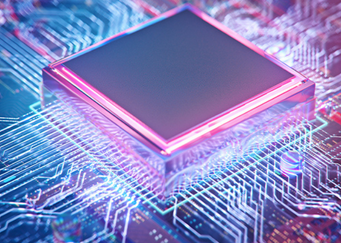Accelerating the discovery of new 2D materials using HPC
 New 2D materials are being discovered every day. At the NUS Centre for Advanced 2D Materials (CA2DM), researchers have been building up a database of 6,000 candidate 2D materials. Such databases are the first step in accelerating the discovery of more 2D materials, by directing experimental efforts to the most promising candidates.
New 2D materials are being discovered every day. At the NUS Centre for Advanced 2D Materials (CA2DM), researchers have been building up a database of 6,000 candidate 2D materials. Such databases are the first step in accelerating the discovery of more 2D materials, by directing experimental efforts to the most promising candidates.
“We leverage on tools like AI and machine learning to automate the screening, analyses and simulation of these candidates to faster identify promising materials”, says Dr Zhou Jun, one of the researchers at CA2DM who helped put the database together. For the complex task of analysing the thousands of materials on hand, the team turned to the petascale computational power provided by the National Supercomputing Centre (NSCC), Singapore, and its ASPIRE1 supercomputer. The high-throughput capacity computing that NSCC provided allowed the team to speed up their analyses five times faster.
About 2D materials
2D materials, like graphene, are next generation materials that possess unique properties. Graphene, for example, has been proven to be lighter, stronger and tougher than conventional materials like steel and industrial plastics but with added properties like ultra-high electrical conductivity. These materials have huge potential in areas like photovoltaics, electronics, manufacturing, construction and even biomaterials, which could revolutionise sectors such as energy, communications, displays, food, health, transport, defence and the environment.
Reference publications:
• https://www.nature.com/articles/s41597-019-0097-3
• https://www.nature.com/articles/s41586-018-0788-5
To find out more about how NSCC’s HPC resources can help you, please contact [email protected].
NSCC NewsBytes August 2019





